The 2010s was a polarizing era for the Justice League when it came to cinematic adaptations, but the superhero team was flourishing with new titles for DC Comics. From receiving a revamped origin story to collaborating with teams like the Power Rangers, it was an eventful decade for DC's iconic team.
While the leading ensemble is always present, some of these comics also featured other supporting characters from subdivisions like Justice League International and Justice League Dark. The decade also included time altering-events such as Flashpoint, through which readers also got to see several alternate versions of the team.
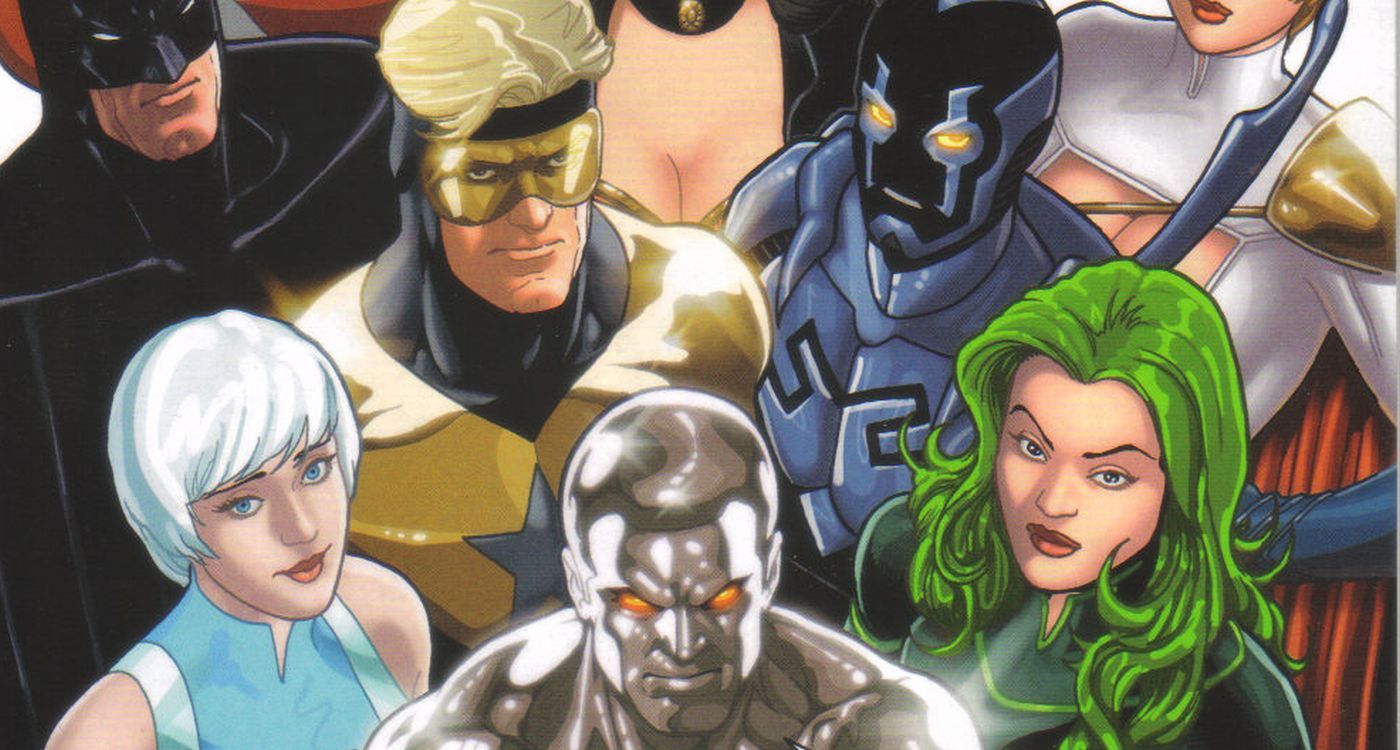
Generation Lost revolves around Justice League International, an alternate version of DC's super team, as they unite to hunt down a recently resurrected Maxwell Lord.
The comic makes for a fascinating read given how it offers a modern update of the JLI, a version of the Justice League from the late '80s and early '90s comprising members such as Booster Gold, Captain Atom, and Blue Beetle. This lineup was never as well-known as versions of the League that include famous heroes like Superman and Wonder Woman. Reviving the more obscure but fan-favorite Justice League International for this excellent limited series gave these characters another moment to shine.
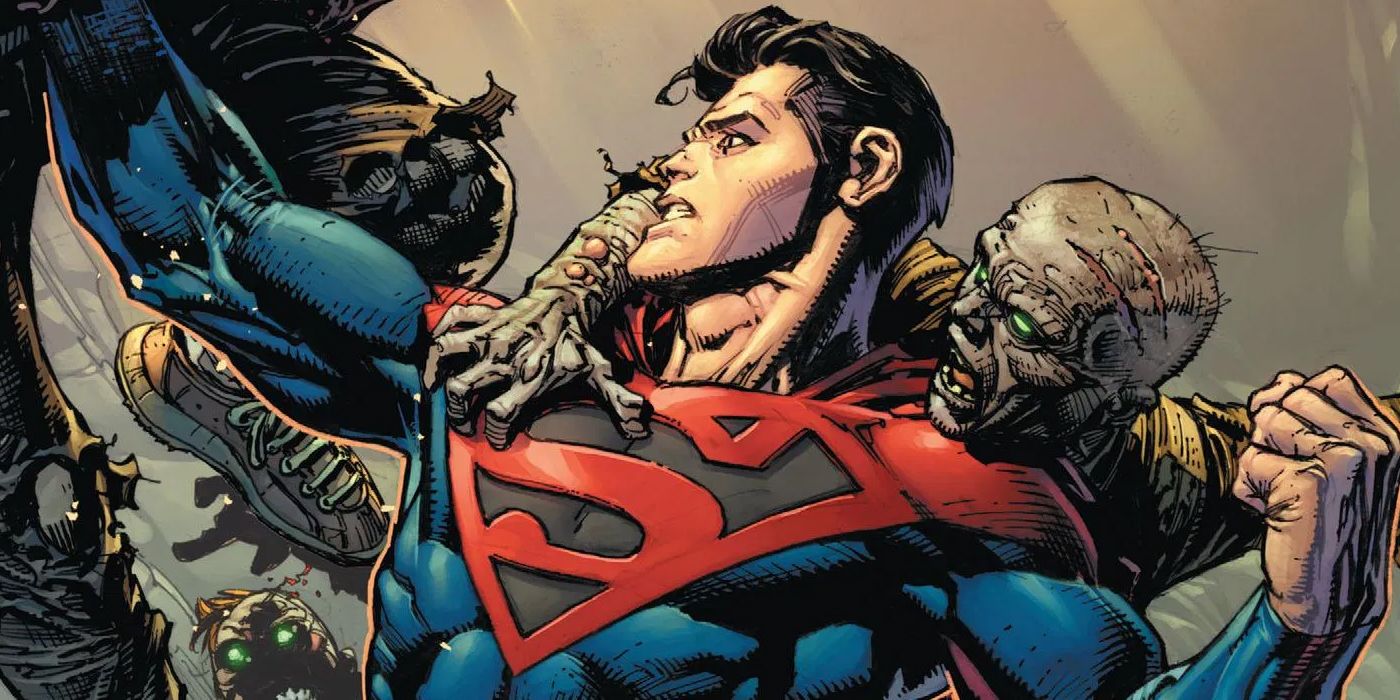
DC's equivalent of Marvel Zombies, DCeased finds the Justice League turning into zombie-like creatures due to a corrupted version of the Anti-Life equation.
Greg Capullo's art brings out the grim tones of DCeased, turning it into a perfect horror miniseries. Even the variant covers of the six issues paid tribute to horror film posters of It, The Nun, and A Nightmare on Elm Street. This cover art alone makes DCeased a collector's item. Tom Taylor's storyline is also important as it led to several other DC stories like Dead Planet and Unkillables.
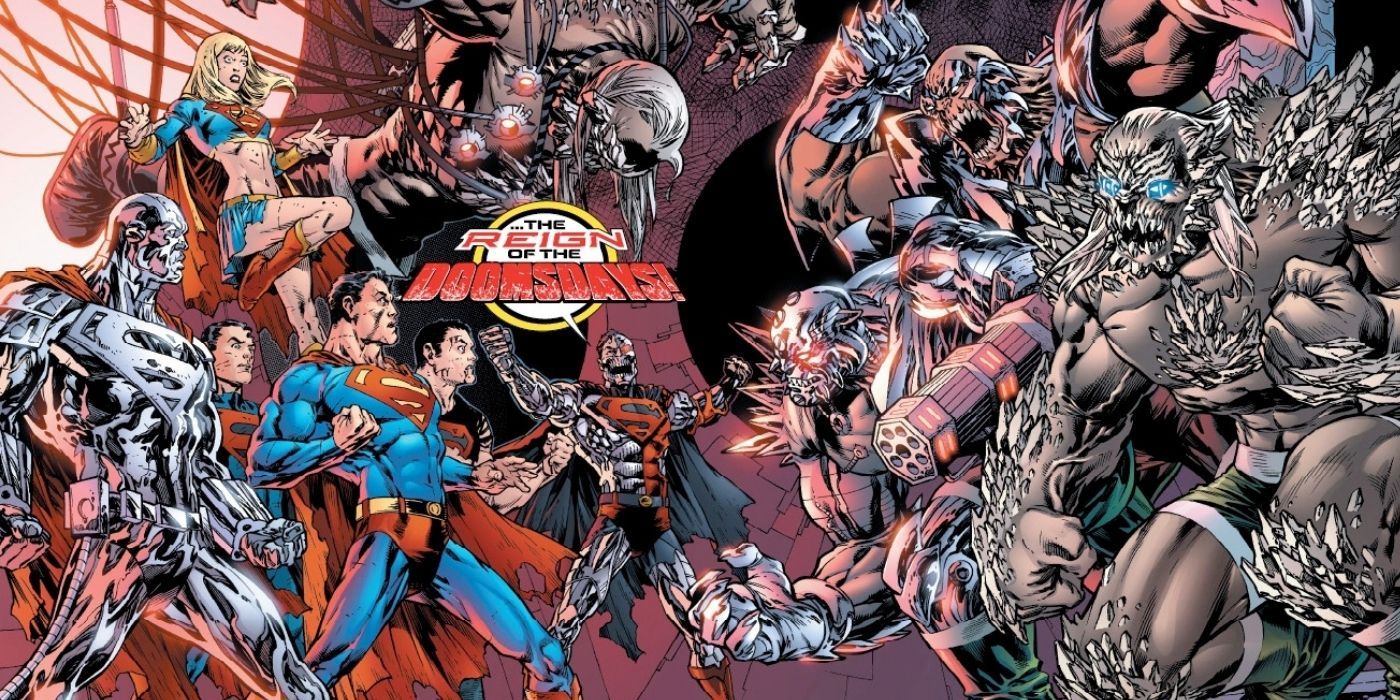
True to its title, Reign of Doomsday features its titular villain and also serves as a homage to Reign of the Supermen, one of the most iconic Superman storylines of the 1990s. Like that saga, this crossover also features heroes such as Superboy, Steel, and Cyborg Superman, all of whom take up the Man of Steel's identity. Even though it is largely a Superman arc, Reign of Doomsday was also partly published in a Justice League comic as Supergirl intervenes to stop Doomsday's plans for world domination.
Overall, this is an action-driven storyline that will intrigue fans of Doomsday storylines like Death of Superman and Reign of the Supermen, both of which also included the efforts of Justice League members in fighting the prehistoric Kryptonian monster famous for killing Superman.
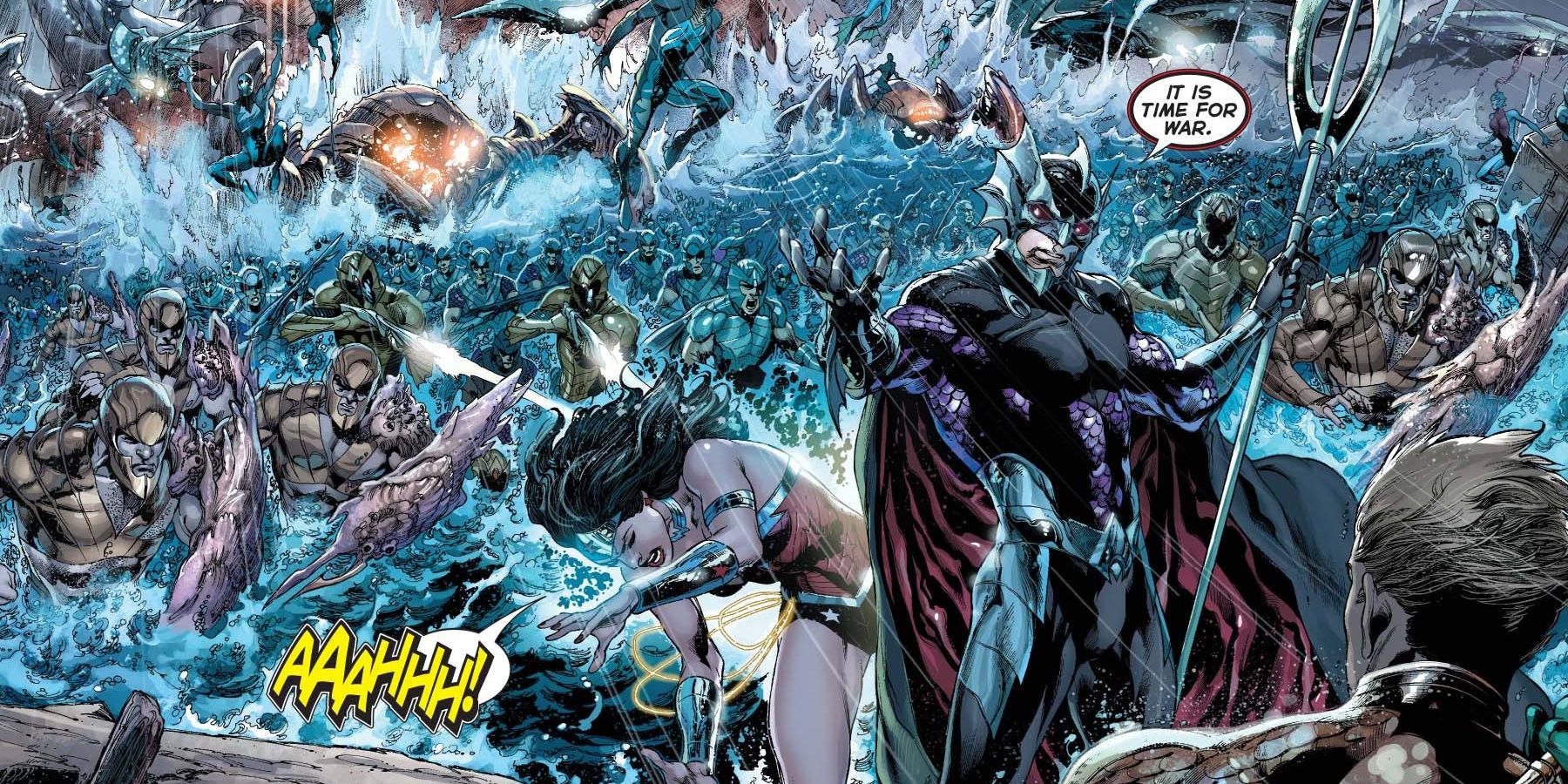
The titular throne of Atlantis belongs to Aquaman's brother, Ocean Master, in this storyline. When a U.S. Navy missile accidentally strikes Atlantis, Ocean Master vows revenge on the surface world. Before total annihilation commences, the Justice League is forced to step in and help Aquaman.
As Ocean Master is protecting his people, a few grey areas come up in his persona, giving the antagonist more depth and making him a more interesting character. This storyline also seized the opportunity to showcase the sheer strength and might of the Atlantean army that manages to overpower the League at times.
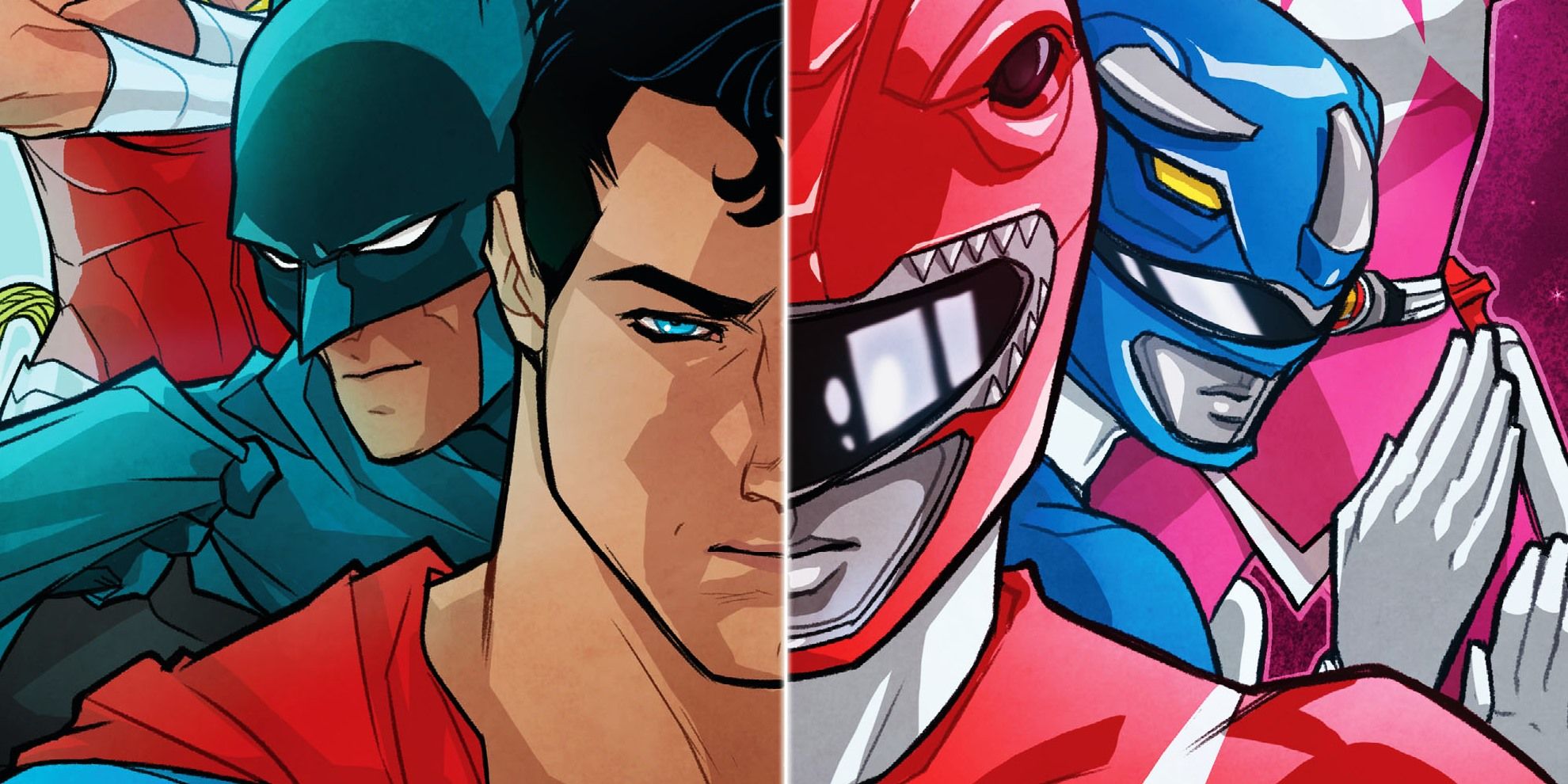
In this crossover, Saban's iconic Mighty Morphin Power Rangers team got teleported to the DC Universe. Upon meeting the Justice League, they find out that villains Lord Zedd and Brainiac have collaborated to unleash octopus-like monstrosities on all continents. To combat this threat, each Power Ranger heads out with a League member.
Compared to other, more typical Justice League tales, this six-issue crossover series is simple and straightforward, but the sheer nostalgia that it carries is what makes it such a fun read. Retaining the original Mighty Morphin Power Rangers costume designs, this series is bound to amuse dedicated Power Rangers fans along with regular Justice League readers.

Trinity War starts off with the legend of Pandora's Box and the far-reaching consequences it has in the future. When the Justice League, Justice League of America, and Justice League Dark clash over control of this mystical artifact, chaos ensues and a full-scale war is set in motion.
Of course, the prospect of finding Justice League members fighting against themselves adds to the drama of this storyline. Along with shifting loyalties and epic battle scenes, Trinity War is also exciting for the ways in which leads up to Forever Evil, another important Justice League storyline of the era.
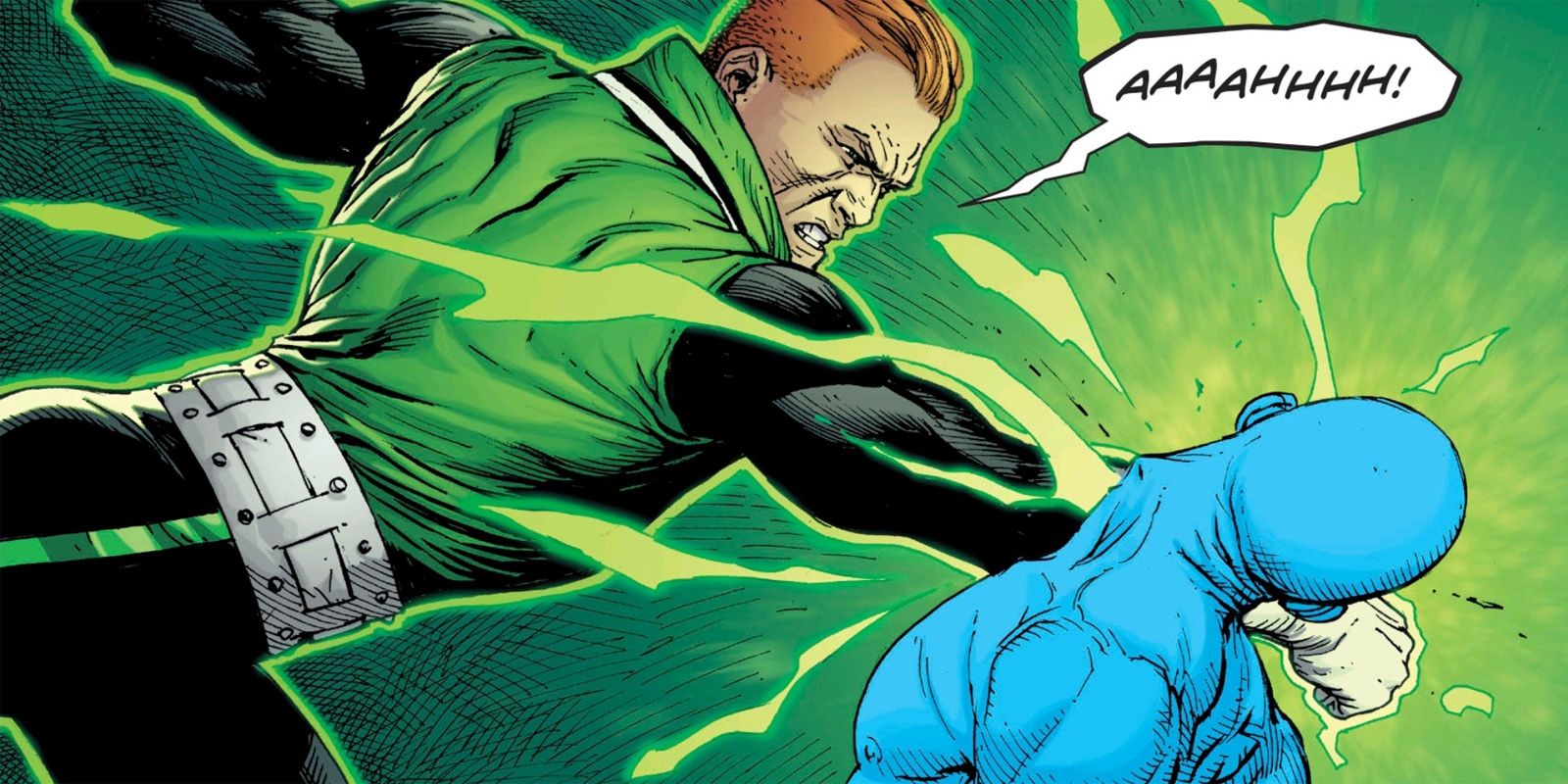
What if the Justice League and Watchmen existed in the same universe? Doomsday Clock answers this question as the Flashpoint Paradox leads to Doctor Manhattan arriving in the same timeline as that of the League. Meanwhile, a disgraced Ozymandias comes up with a new plan that can alter the existence of both worlds.
The ambitious crossover event serves as an unexpected sequel to Alan Moore's original Watchmen. Even though a multitude of League members are introduced, a few conversations and action scenes stand out, especially the ones involving the Justice League's greatest leaders like Superman and Batman.
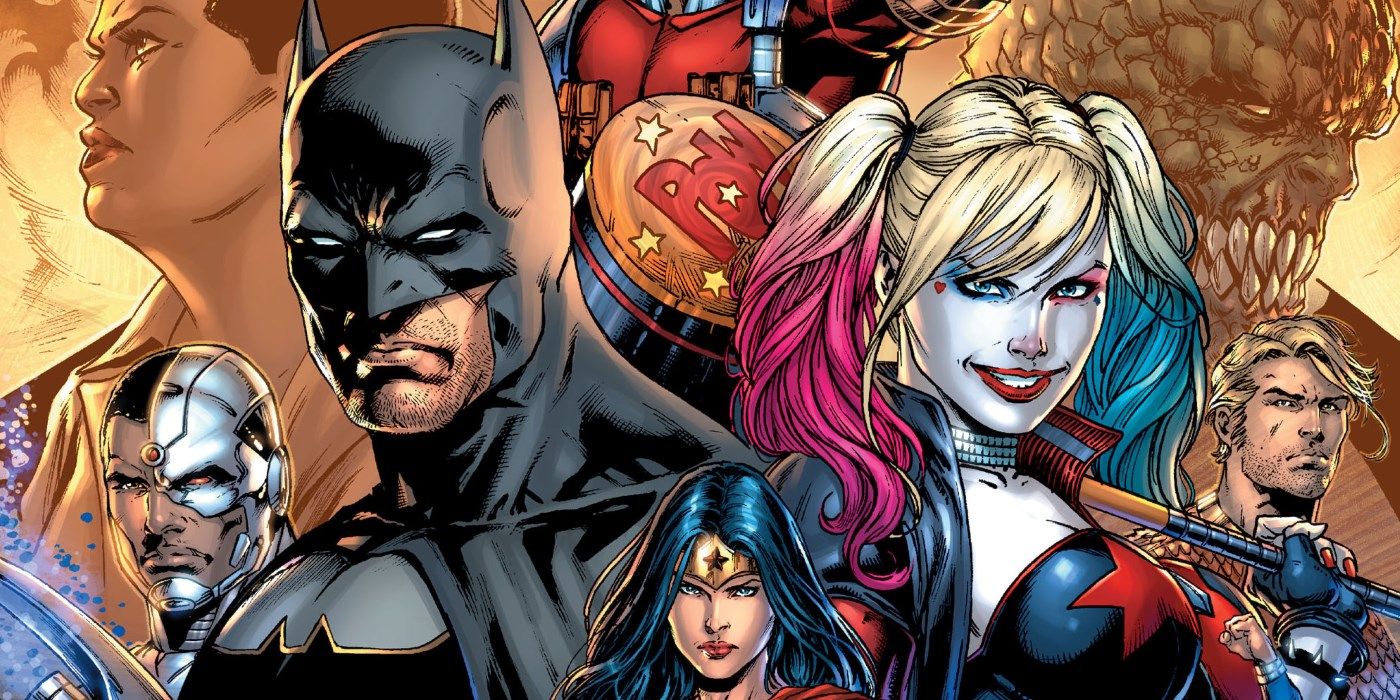
Even though Batman has often supported Amanda Waller, he questions the existence of her secret projects involving the Suicide Squad. When he attempts to disband the Squad, the villainous team wages an all-out war against the Dark Knight as well as the Justice League.
This was one of the many post-DC Rebirth crossover storylines. Given the popularity of both teams, DC aficionados are bound to love this face-off. While neither side of the conflict harbors evil intentions, it's the change in their ideologies that drives them against each other.
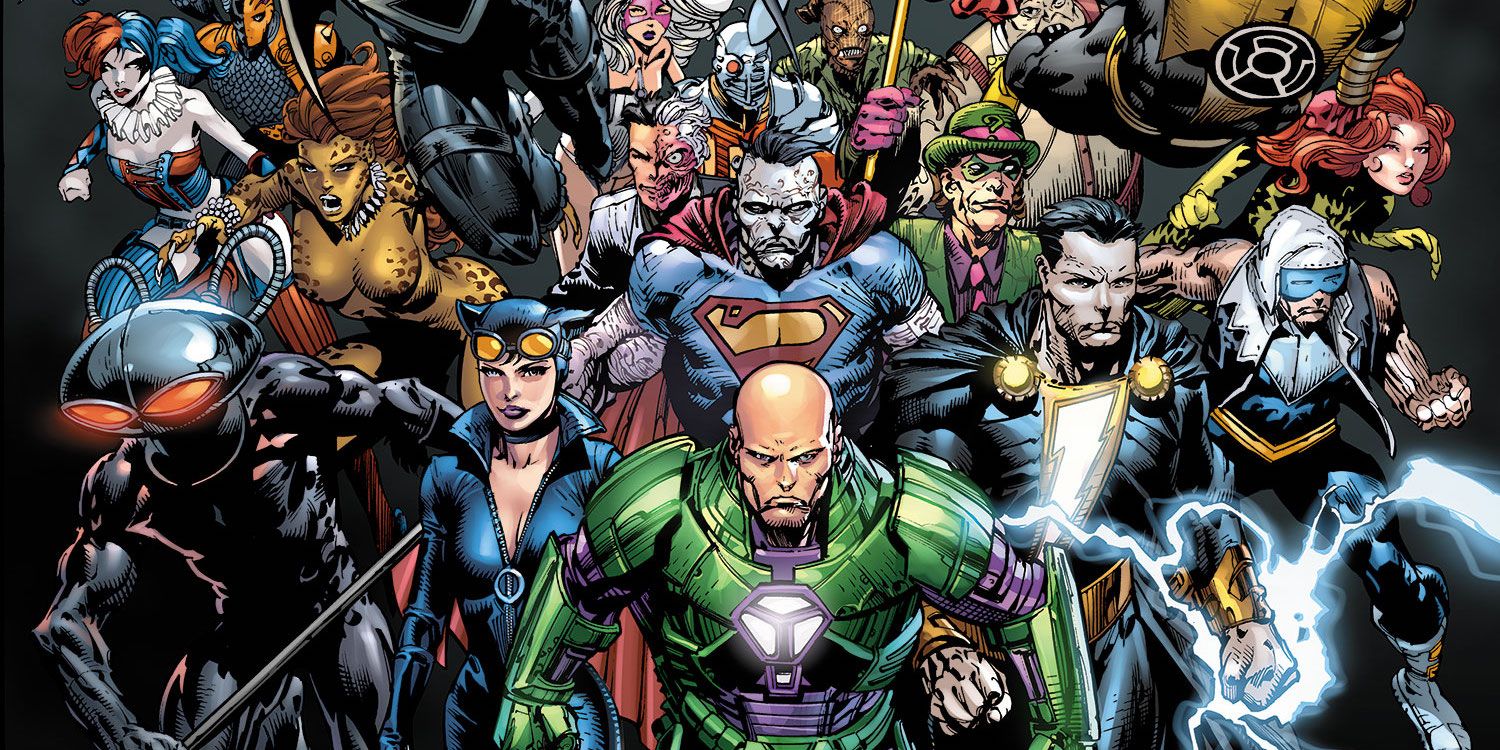
Set right after Trinity War, Forever Evil finds an evil Earth-3 version of the Justice League replacing the League altogether. Known as the Crime Syndicate, this team recruits villains all over the world, but they fail to win Lex Luthor's support.
In fact, Luthor forms an Injustice League to take down the Syndicate, which turns out to be one of Lex Luthor's most wholesome moments in comics. The change of heart adds a whole new dimension to his character. And of course, another selling point for this story is imagining a world with no Justice League at all.
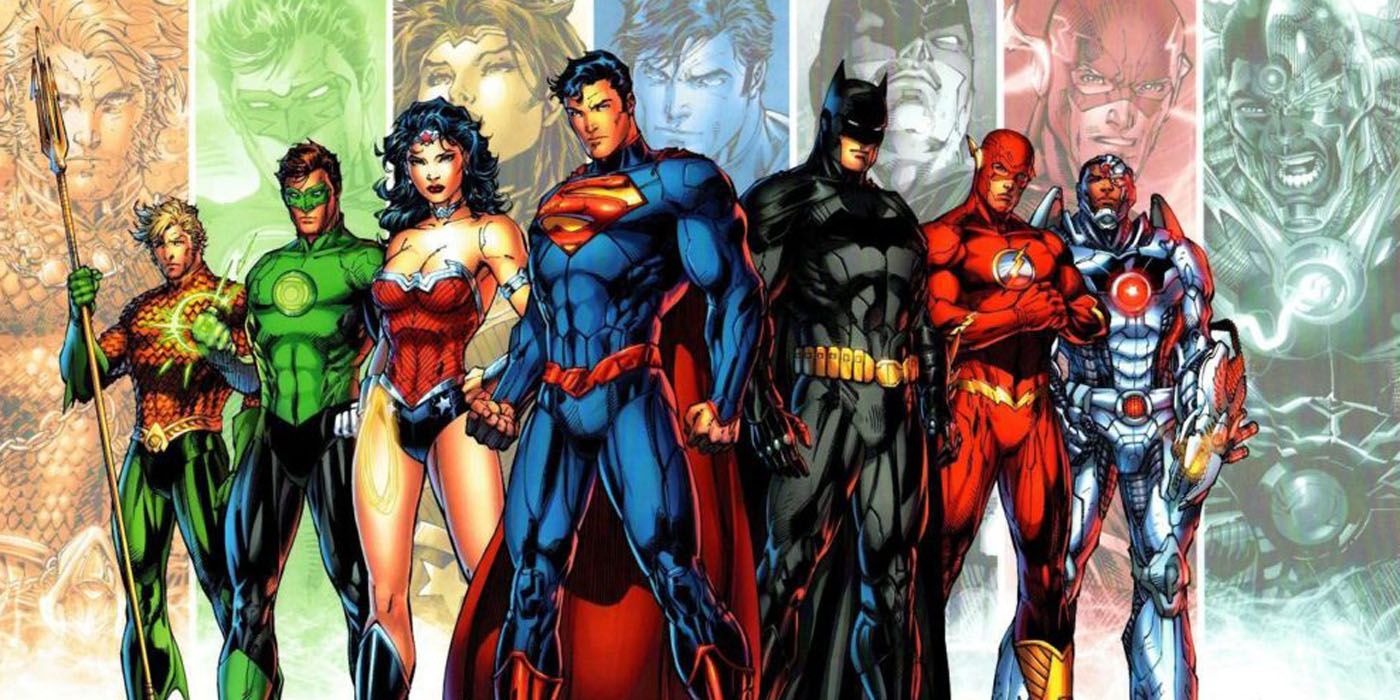
The New 52 series of reboots resulted in a new timeline in the DC Universe. Naturally, the Justice League received its own reinterpretation. Instead of the JLA lineup of the 2000s, the ensemble removed Martian Manhunter and introduced Cyborg as a Justice League member. Even their costumes and physical appearances have been slightly altered for the subsequent issues in the series.
The origin of this version of the League is similar to the one seen in Zack Snyder's Justice League as Batman unites six other heroes to fight Darkseid. So for readers who loved the superhero film, "Origin" is a must-read. Furthermore, this is a storyline that marks a watershed moment in the team's post-Flashpoint history.
from ScreenRant - Feed https://ift.tt/3aT11EW

0 Comments